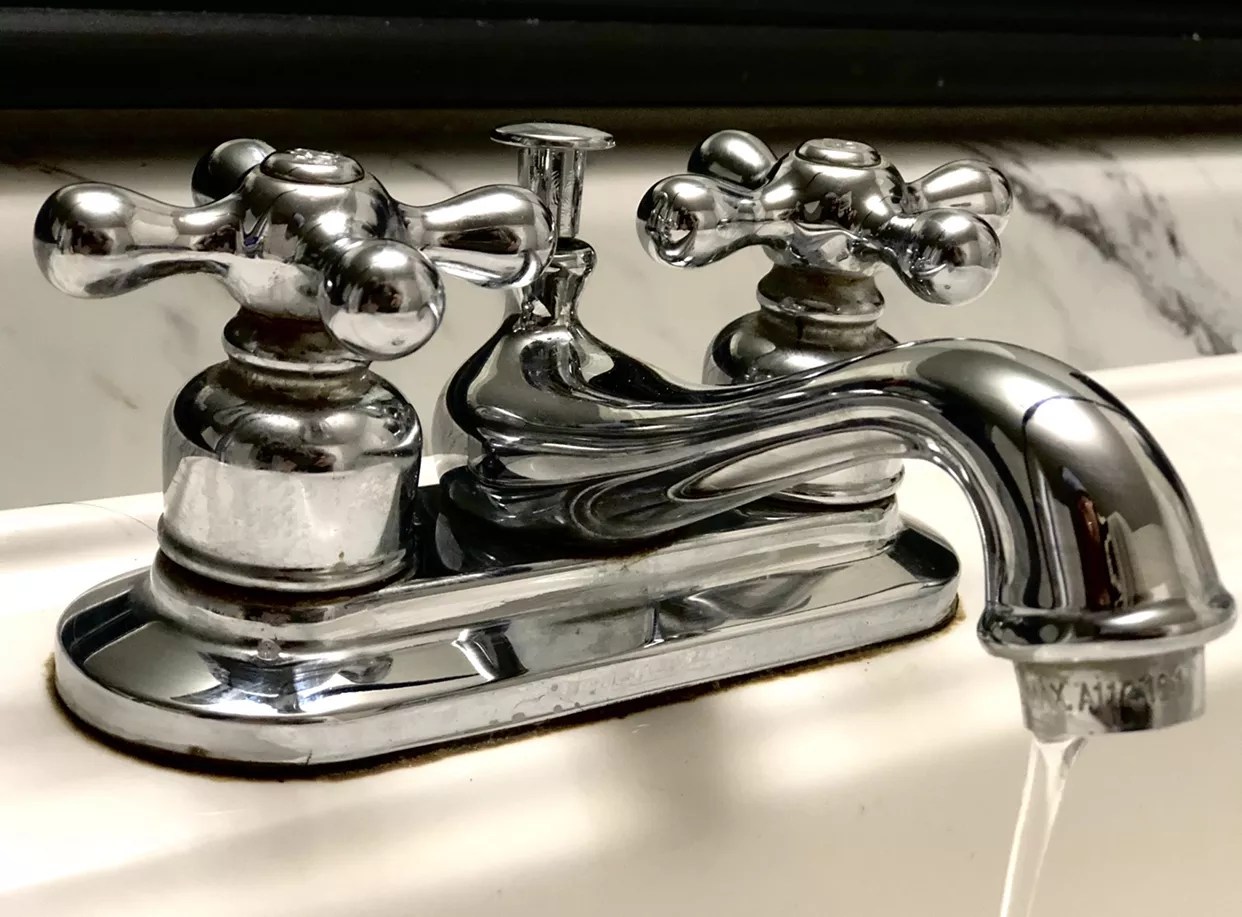
Jacob Vaughn

Audio By Carbonatix
Janice Bezanson doesn’t think reservoirs are the root of the problem. Involved in the Texas Conservation Alliance since the 1980s, she knows well that reservoirs are crucial for maintaining viable cities. But she also knows they can cause massive amounts of damage.
“We have to have reservoirs and store water if we’re going to have cities,” she said. But the ’60s and ’70s saw a frenzy of reservoir construction, and “we reached a point where we didn’t need anymore.”
Now the Alliance’s senior policy director, she has for years kept an eye on an old plan that’s making the rounds again: the Marvin Nichols Reservoir proposal. The reservoir would be built at the main stem of the Sulphur River in Red River and Titus counties, not far from the Texas-Oklahoma border.
The reservoir would provide water to Dallas-Fort Worth, a region whose population is expected to double to some 14.7 million by 2070. As the population swells, officials are scrambling for a way to meet growing water needs, and they think the Marvin Nichols Reservoir could be the solution.
But the project comes with a hefty cost. It would cost at least $4.4 billion, displace longtime residents and destroy 65,000 acres of resource-rich land in Northeast Texas. Meanwhile, critics say it would hammer the local economy. They argue that Dallas-Fort Worth should focus on conservation rather than displacing locals, disrupting wildlife and harming their economy.
In the past, locals have spoken out against the project. At a 2015 public hearing, a lifetime resident of the area, Gary Cheatwood, a member of the Preserve Northeast Texas steering committee, criticized the reservoir plan as unfair.
“We don’t think it’s right that people with money can just come in and push people off their land when they have other choices,” Cheatwood said, according to the Longview News-Journal.
Local opposition hasn’t given North Texas officials much pause, however. “We would have hoped, just like everyone else would, that we could conserve our way out of building any new projects,” said J. Kevin Ward, the general manager of the Trinity River Authority and chair of the Dallas-Fort Worth regional planning group, according to the Fort Worth Star-Telegram.
“No one wants to build a project if they don’t have to,” he added. “We need the water for the metroplex for it to continue to grow according to population projections, and we represent probably 30% of the economic activity in the state of Texas.”
It’s not a new debate, but it’s one that has reignited in recent weeks, while 16 regions around the state have submitted their initial water supply plans. Those playbooks will act as a template for the next 50 years.
In 2015, the two regions agreed to postpone the project, but rapid growth in DFW is making planners rethink that agreement. Northeast Texas water planners are calling for the reservoir to be off the table until at least 2070, but Dallas-Fort Worth water officials want the reservoir completed sometime in the 2050s.
The dispute’s roots can be traced back to a 1950s drought, when three years (1951, 1954 and 1956) became some of the driest years Texas had ever seen. At the time, it was believed to be one of the most devastating droughts in 600 years.
When the rain finally returned, the state started hunting for new ways to prevent similar dry spells from wreaking havoc on communities. That’s when the reservoir-building boom erupted. By 1970, the number of Texas reservoirs had doubled. By 1980, it topped 126.
In the ’80s, the Texas Water Development Board did a survey of the state and mapped all the possible dam sites and reservoir sites. About 65,000 acres of land in Northeast Texas was marked for a potential reservoir.
That was when Bezanson joined the Texas Conservation Alliance, and the damage caused by reservoir construction caught the organization’s attention.
Later, in 2001, the big push for the Marvin Nichols Reservoir began.
“Using any of the existing reservoirs that have already had the damage done is better than perpetrating it on a new set of people.” – Janice Bezanson, Texas Conservation Alliance
Over the years, Bezanson and her colleagues have learned that reservoirs can cause widespread harm not just to the environment, but also to a region’s social fabric and economy.
Marvin Nichols would be no exception, she said. “We’re talking thousands of people who will be forced to sell their land,” she explained.
“There’s family cemeteries that will be inundated,” Bezanson added. “There are a huge number of archeological sites, many of them going back at least to the Clovis people,e which is 12,000 years ago – the first very big wave of humans in North America – all that will be lost.”
According to Bezanson, Dallas-Fort Worth could meet its water needs without those consequences. Also a member of the Preserve Northeast Texas group, she said planners in Dallas-Fort Worth should start by promoting conservation.
The Dallas-Fort Worth area has a much higher per person water use than other parts of the state. “That makes it clear that the DFW area could continue to reduce,” she said.
She said the big-ticket possibilities have to do with lawn watering and moving to more native species of grass for lawns. People often fill their lawns with species that are not native and take up more water.
On top of that, Bezanson believes Dallas-Fort Worth could rely more on reservoirs that already exist, such as the supply in Lake Texoma. “Using any of the existing reservoirs that have already had the damage done is better than perpetrating it on a new set of people,” she said.